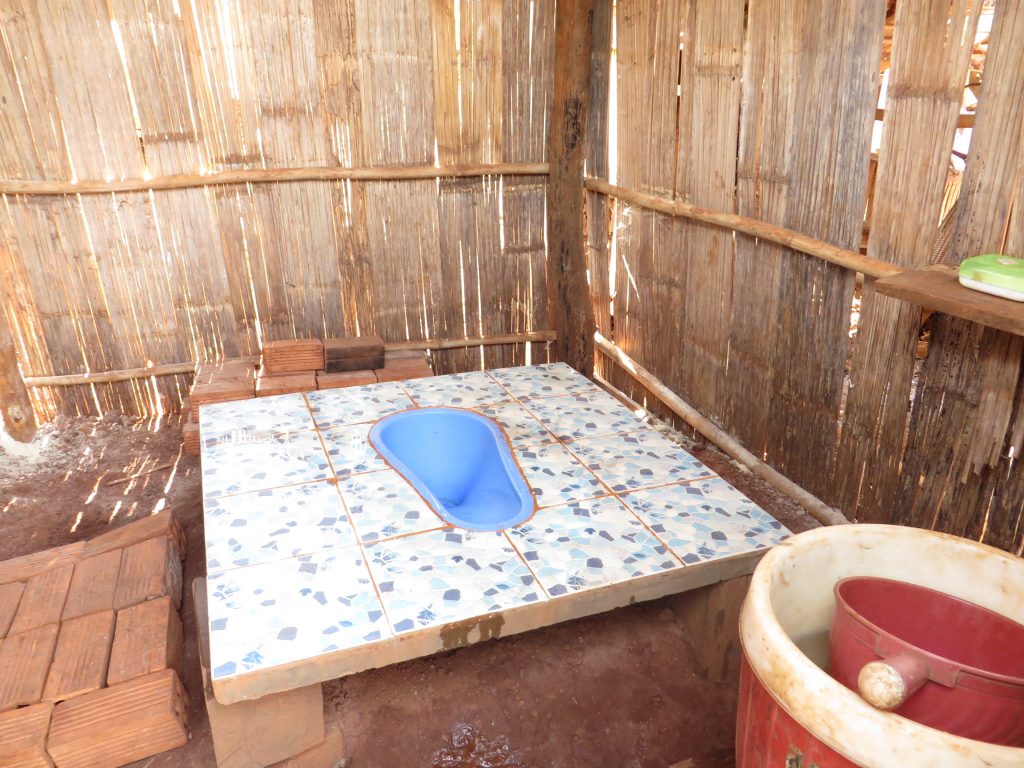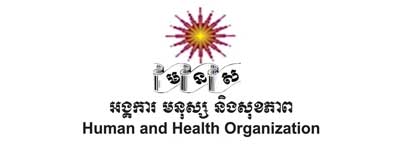SaTo pan
Approx one third of the Cambodian population resides in regions affected by high groundwater and flooding, limiting access to appropriate sanitation facilities.Region
Ratankiri Province, Cambodia
Project
Trial of appropriate technology to address sanitation in a challenging environment. The SaTo pan is an affordable latrine that improves the environmental efficiency of toilets in water-scarce regions by reducing the amount of water needed for flushing.
Context
The predominantly rural Kingdom of Cambodia comprises rivers and plains. Mountains surround a central low floodplain where the Tonle Sap lake extends into the Mekong River. The Mekong River allows for large quantities of water to flow into the Tonle Sap in the rainy season, which is between June and October. In the dry season, occurring around March to May, the Mekong River’s water level decreases, causing the flow to be reversed from the Tonle Sap to the Mekong River.
The Ratanakiri Province is one of 24 Cambodian provinces, located in the country’s north-east bordering Vietnam and Laos. The province is mountainous and encompasses forests, waterfalls, mines, lakes, caves and bountiful wildlife. Residents, including eight hill tribes of Cambodia’s ethnic minority, rely primarily on agriculture and hunting to sustain themselves.
Appropriate Technology
Water collection for villagers in rural Cambodia involves walking to nearby wells and pumping water into buckets, and then carrying that water back to their household. Thus, having a toilet that uses less water can reduce the amount of water that needs to be collected and the amount of time needed to collect water, especially when water availability is limited in drought-prone regions during the dry season. Compared to the 3-5L of water needed to flush the traditional ceramic latrine pan, the SaTo pan uses 0.25-0.5L. Furthermore, the SaTo pan eliminates odours, flies and disease-spreading insects.
The SaTo pan is a lightweight plastic bowel that allows waste to flow towards an exit hole covered by a flap. The pressure of the waste on the flap causes the flap to open, allowing the waste to flow out the exit hole and into a waste storage collection box, and then into a pit. The flap then returns to its position covering the exit hole. The immediate opening and closing of the flap prevents the circulation of odour and attract of flies and insects. The pan is installed by setting concrete into a cavity connected to the flap to serve as a counterweight, and setting the pan into a concrete slab.

Outcome
A year-long trial was carried out in 2018-2019 to determine if SaTo pans could be effectively used and chosen as a preferred solution by villagers in these rural areas. In the Lumphat district of Ratanakiri province, 150 SaTo pans were available for purchase among four villages. One year after the project commenced. interviews were help with community members to explore their perceptions of the SaTo pan.
Advantages of SaTo pan
The advantages of the SaTo pan where it’s affordability, minimal water use, time saved and lesser distance required to travel to practice open defecation, and less time spent looking for water. The disadvantages cited were a perceived low durability of the plastic with a high potential for breakage, thinness of the pan, the sound made when the flap shuts, and faeces sticking to pan.
There was a low uptake of the trial of the SaTo pans in the Lumphat District. This was expected, as it is difficult to get people to buy a product that they are unfamiliar with. If the misconceptions surrounding the durability of the pan were addressed, the “early adopters” of the pan could have ratified that the pan is robust, which would allow for a greater uptake of SaTo pans in the community. However, all the users states that they would recommend the pan to others because they believe it will be beneficial.
A better understanding of the water availability patterns in the Lumphat District – especially during the dry season – is needed to understand how the community perceives the quality and quantity of available water. A deeper insight should be taken into how villagers manage their water when availability is limited and of lower quality. Other variations of the SaTo pan are available, including some that have a ‘quiet close’ feature, and this may have a better uptake in the community.
Research and analysis on the SaTo pan usage and implementation in rural areas will continue in other Cambodian provinces.
Read more about EWB’s WASH initiatives.
Partners






